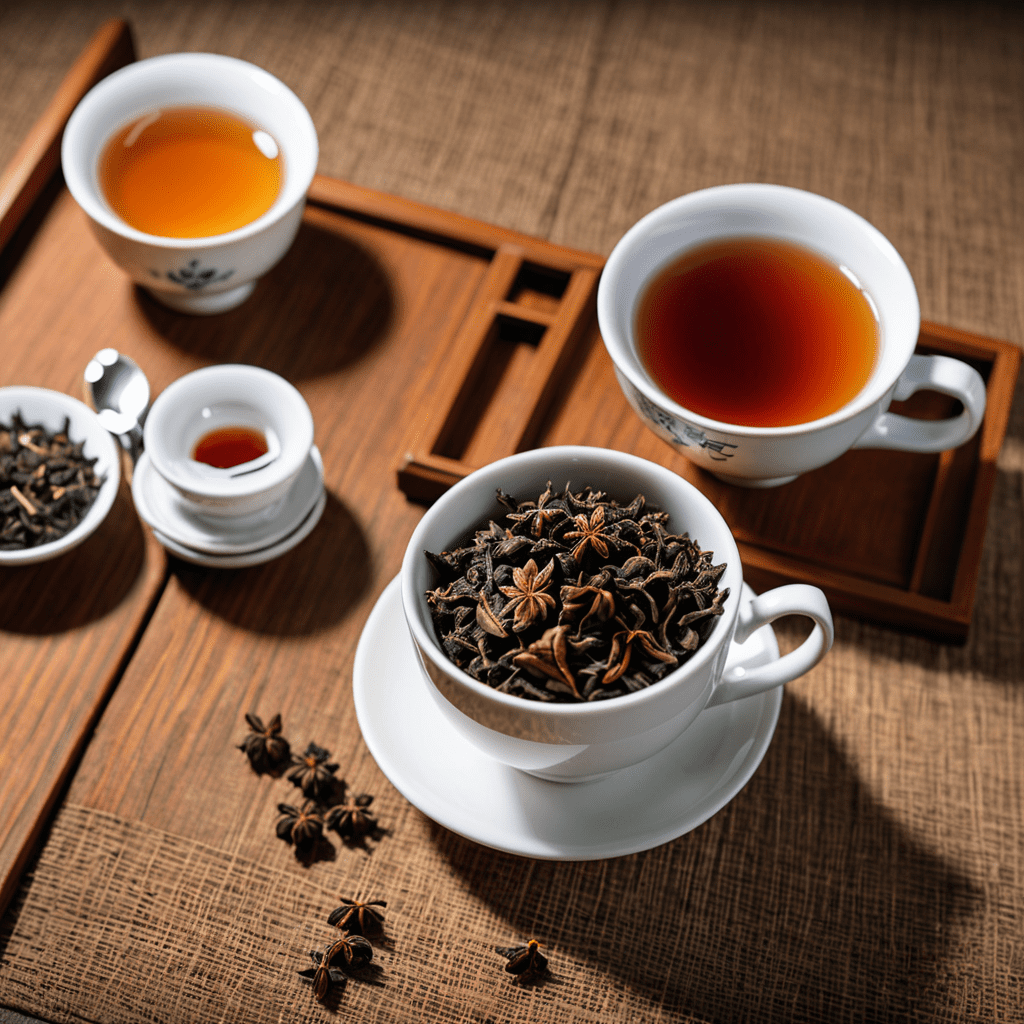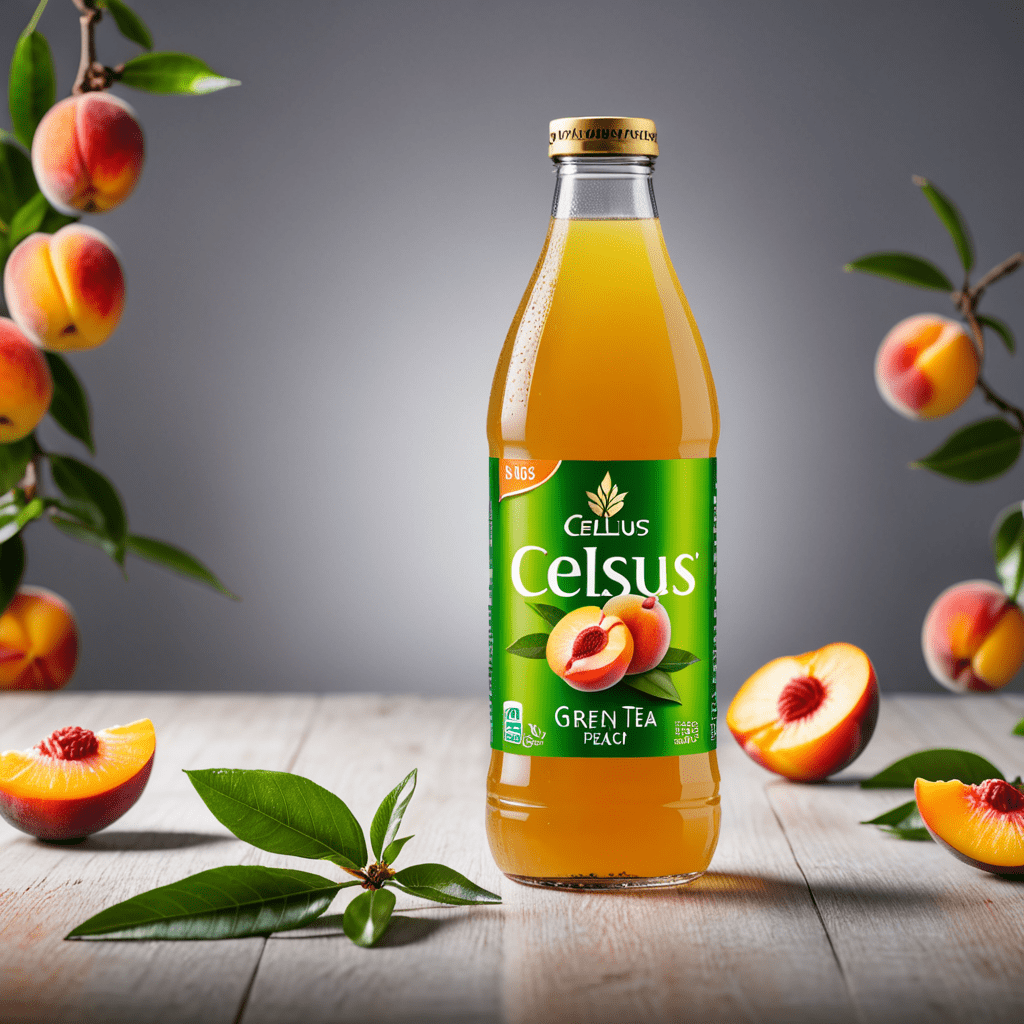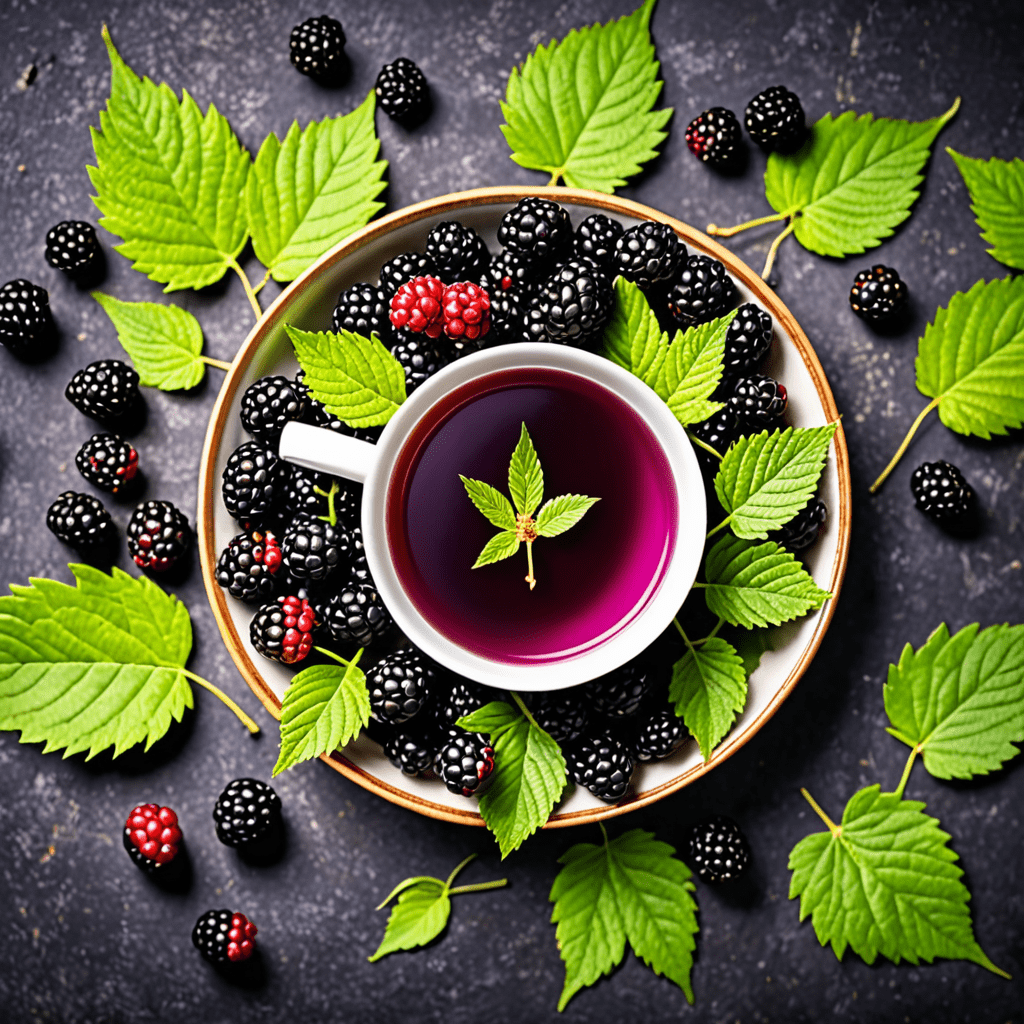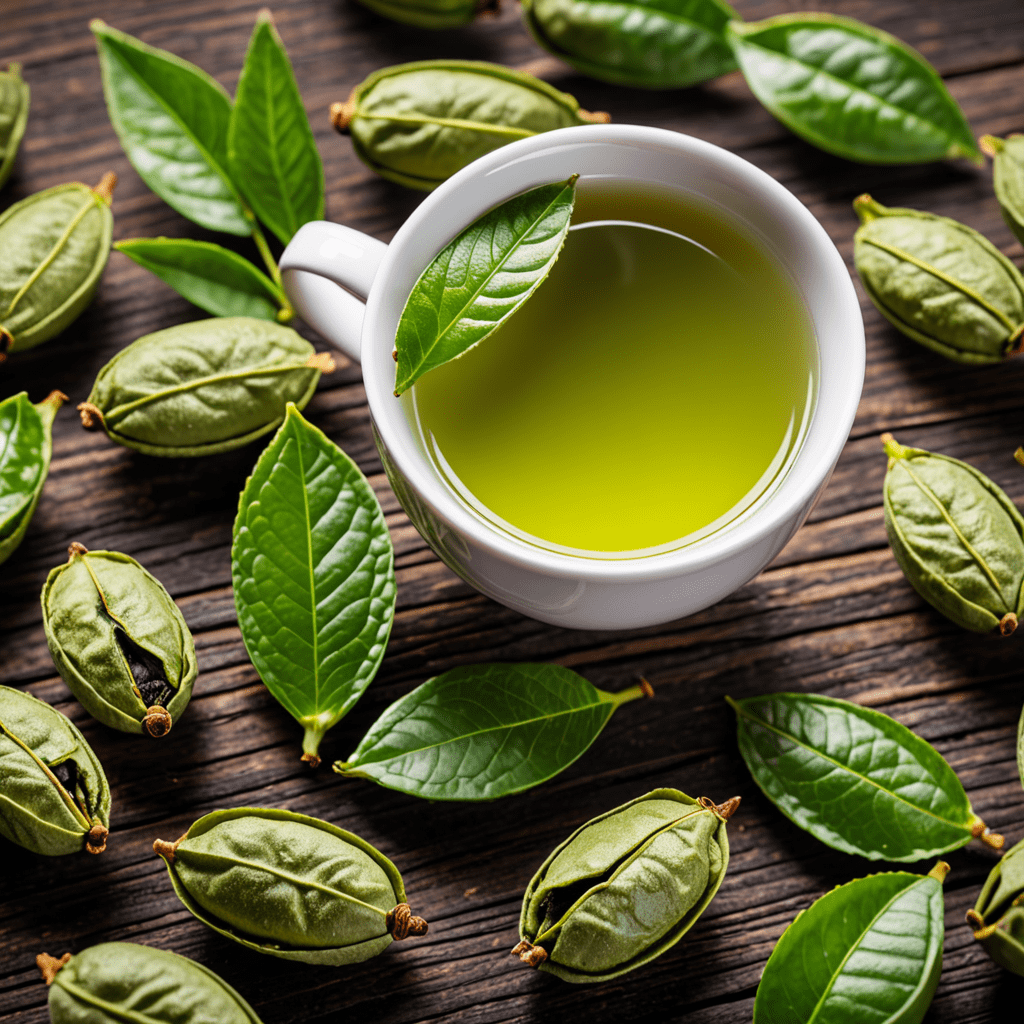
Pu-erh Tea: A Taste of Tea Diversity and Rituals
The Rich Legacy of Pu-erh Tea
Pu-erh tea, a beloved Chinese tea with a rich history dating back centuries, holds a special place in the world of teas. Renowned for its unique flavors, aging process, and traditional significance, Pu-erh tea offers a delightful journey for tea enthusiasts seeking a taste of authentic diversity.
The Diversity of Pu-erh Tea
One of the most fascinating aspects of Pu-erh tea is its incredible diversity. Ranging from raw (sheng) to ripe (shou) varieties, each type undergoes different fermentation processes, resulting in distinct flavors and aromas. Whether you prefer the freshness of raw Pu-erh or the earthy notes of ripe Pu-erh, there is a flavor profile to suit every palate.
The Aging Process of Pu-erh Tea
Unlike many other teas, Pu-erh undergoes a unique aging process that lends complexity and depth to its flavors. Stored carefully and often for years or even decades, aged Pu-erh teas develop a mellow and smooth taste, making each cup a truly memorable experience. The aging process adds layers of richness and character that aficionados cherish.
The Significance of Pu-erh Tea in Chinese Culture
In Chinese culture, Pu-erh tea holds a special place in traditional rituals and practices. Often served during important gatherings or as a gesture of hospitality, Pu-erh tea symbolizes respect, harmony, and community. Its presence in ceremonies and celebrations reflects the cultural significance and reverence attached to this esteemed beverage.
Health Benefits of Pu-erh Tea
Beyond its cultural and sensory appeal, Pu-erh tea also offers a range of health benefits. Rich in antioxidants and known for aiding digestion and weight management, Pu-erh tea has been valued for its potential to promote overall well-being. Its unique fermentation process is believed to enhance its beneficial properties, making it a popular choice for health-conscious individuals.
The Art of Brewing Pu-erh Tea
Brewing Pu-erh tea is both a simple pleasure and a subtle art. From selecting the right teaware to mastering the infusion time and water temperature, every step influences the final brew. Whether you choose to steep it multiple times Gongfu style or opt for a more casual Western approach, the process of brewing Pu-erh tea is an enjoyable and meditative ritual.
Exploring the World of Pu-erh Tea
Embrace the world of Pu-erh tea and discover a fascinating blend of flavors, history, and traditions. Whether you are a seasoned tea connoisseur or a curious beginner, Pu-erh tea offers a captivating journey filled with diversity, rituals, and a deeper appreciation for the artistry of tea-making. Indulge in a cup of Pu-erh tea and savor the taste of cultural heritage and timeless elegance.
Frequently Asked Questions About Pu-erh Tea
What is Pu-erh Tea?
Pu-erh tea is a type of fermented tea originating from the Yunnan province in China. It is known for its earthy flavor, unique aging process, and potential health benefits.
How is Pu-erh Tea Different from Other Teas?
Pu-erh tea stands out due to its post-fermentation process which gives it a distinct flavor profile. Unlike green or black tea, Pu-erh undergoes microbial fermentation, evolving in taste over time.
What are the Health Benefits of Pu-erh Tea?
Pu-erh tea is believed to aid digestion, reduce cholesterol levels, and support weight loss. Its antioxidants may also promote heart health and boost metabolism.
What are the Different Types of Pu-erh Tea?
There are two main types of Pu-erh tea: raw (sheng) Pu-erh and ripe (shou) Pu-erh. Raw Pu-erh is aged naturally and has a more astringent taste, while ripe Pu-erh undergoes accelerated fermentation, resulting in a smoother brew.


